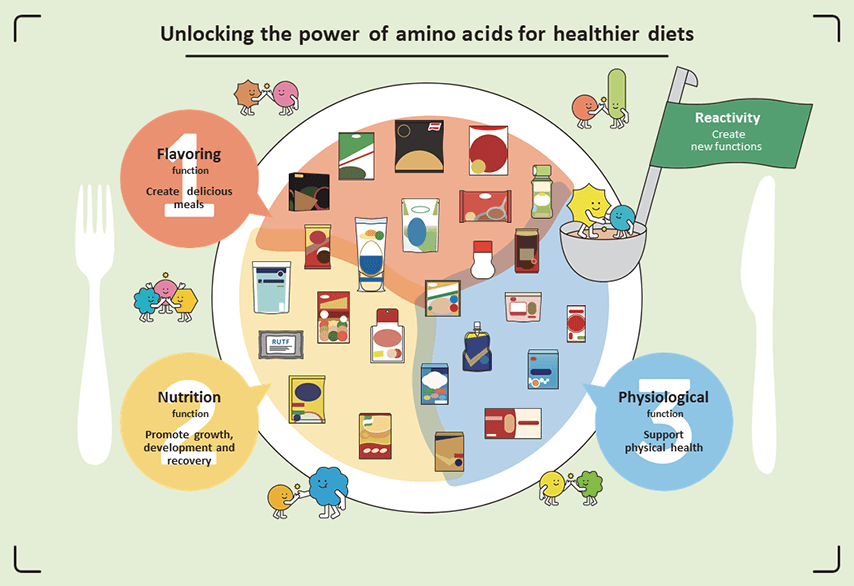Integrated Nutrient Management: Unlocking the Power of Sustainable Crop Nutrition
When it comes to agriculture, proper nutrient management is crucial for ensuring healthy crop growth and maximizing yields. Integrated Nutrient Management (INM) is a sustainable approach that involves the efficient use of organic, inorganic, and biological nutrient sources to improve soil fertility and enhance crop productivity. By combining various nutrient sources and management practices, farmers can optimize nutrient availability and ensure the long-term sustainability of agricultural systems.
The Key Components of Integrated Nutrient Management
Integrated Nutrient Management integrates various nutrient sources and management practices to achieve balanced fertilization and sustainable crop production. The key components of INM include:
- Organic Nutrient Sources: Organic materials such as crop residues, animal manure, compost, and biofertilizers are valuable sources of nutrients and organic matter essential for maintaining soil health and fertility. These materials improve soil structure, water retention, and biological activity, contributing to the overall productivity of the soil.
- Inorganic Fertilizers: Synthetic fertilizers provide essential nutrients such as nitrogen, phosphorus, and potassium to supplement soil deficiencies and meet the nutrient requirements of crops. By carefully monitoring and applying the right amount of inorganic fertilizers, farmers can prevent nutrient imbalances and optimize crop growth.
- Biological Nutrient Sources: Biological inputs, such as microbial inoculants and biofertilizers, play a crucial role in enhancing nutrient availability and promoting beneficial microbial activity in the soil. These inputs contribute to improved nutrient uptake by plants and can help reduce the dependence on chemical fertilizers.
- Soil Testing and Nutrient Management Planning: Regular soil testing helps farmers assess the nutrient status of their soils and develop customized nutrient management plans based on specific crop requirements. By understanding the nutrient levels and pH balance of the soil, farmers can make informed decisions regarding fertilizer applications and soil amendments.
- Crop Residue Management: Incorporating crop residues into the soil not only adds organic matter but also releases essential nutrients over time, contributing to improved soil fertility and reducing the need for external nutrient inputs. Proper residue management can also help control erosion and conserve soil moisture.
Integrated Nutrient Management offers a range of benefits for both farmers and the environment. Some of the key advantages include:
- Optimized Nutrient Use: By combining organic and inorganic nutrient sources, INM ensures that crops receive the right balance of nutrients for healthy growth, reducing the risk of nutrient deficiencies or excesses.
- Improved Soil Health: Organic inputs and proper nutrient balancing contribute to enhanced soil fertility, structure, and microbial diversity, leading to better water infiltration, nutrient retention, and overall soil health.
- Enhanced Crop Yield and Quality: Balanced nutrition and improved soil conditions result in higher crop yields, better crop quality, and increased resilience to environmental stresses.
- Environmental Sustainability: INM practices promote sustainable agriculture by minimizing nutrient runoff, reducing environmental pollution, and preserving natural resources.
- Cost-Effectiveness: Efficient nutrient management can lead to reduced input costs, as well as decreased reliance on chemical fertilizers and associated environmental risks.

Credit: www.ajinomoto.com
Challenges and Considerations
While Integrated Nutrient Management offers numerous benefits, there are also challenges and considerations that farmers need to take into account when implementing INM practices. Some of these include:
- Knowledge and Training: Farmers may require access to information and training on the principles of INM, best practices, and the use of specific nutrient management technologies.
- Investment and Resources: Adopting INM may require initial investments in infrastructure, equipment, and organic inputs, as well as the availability of suitable biological inputs and soil testing facilities.
- Adaptation to Local Conditions: INM approaches need to be tailored to suit local soil types, climate conditions, cropping patterns, and farmer preferences in order to maximize their effectiveness.
- Regulatory Compliance: Farmers may need to adhere to local regulations and guidelines related to organic farming practices, nutrient application, and environmental protection.
Frequently Asked Questions For Integrated Nutrient Management: Unlocking The Power Of Sustainable Crop Nutrition
What Is Integrated Nutrient Management?
Integrated Nutrient Management is a strategy optimizing nutrient use for plant growth efficiency.
Why Is Integrated Nutrient Management Essential?
It helps maximize yield, improve soil fertility, and sustain environment-friendly agriculture.
How To Implement Integrated Nutrient Management Effectively?
Analyze soil health, choose suitable fertilizers, and practices to maintain balanced nutrition.
What Are The Benefits Of Integrated Nutrient Management?
Enhanced crop productivity, reduced nutrient waste, improved soil structure, and eco-friendly practices.
Conclusion
Integrated Nutrient Management plays a pivotal role in sustainable agriculture by offering a holistic approach to nutrient management, soil fertility, and crop productivity. By embracing INM practices, farmers can optimize nutrient use, improve soil health, and achieve higher yields while ensuring the long-term sustainability of agricultural systems.
As agriculture continues to evolve, the adoption of INM practices will be critical in addressing the growing demand for food production while minimizing the environmental impact. By leveraging the diverse nutrient sources and management strategies encompassed within INM, farmers can work towards a more resilient and sustainable agricultural future.
By integrating various nutrient sources and management practices, farmers can optimize the availability of nutrients and ensure the long-term sustainability of agricultural systems.
